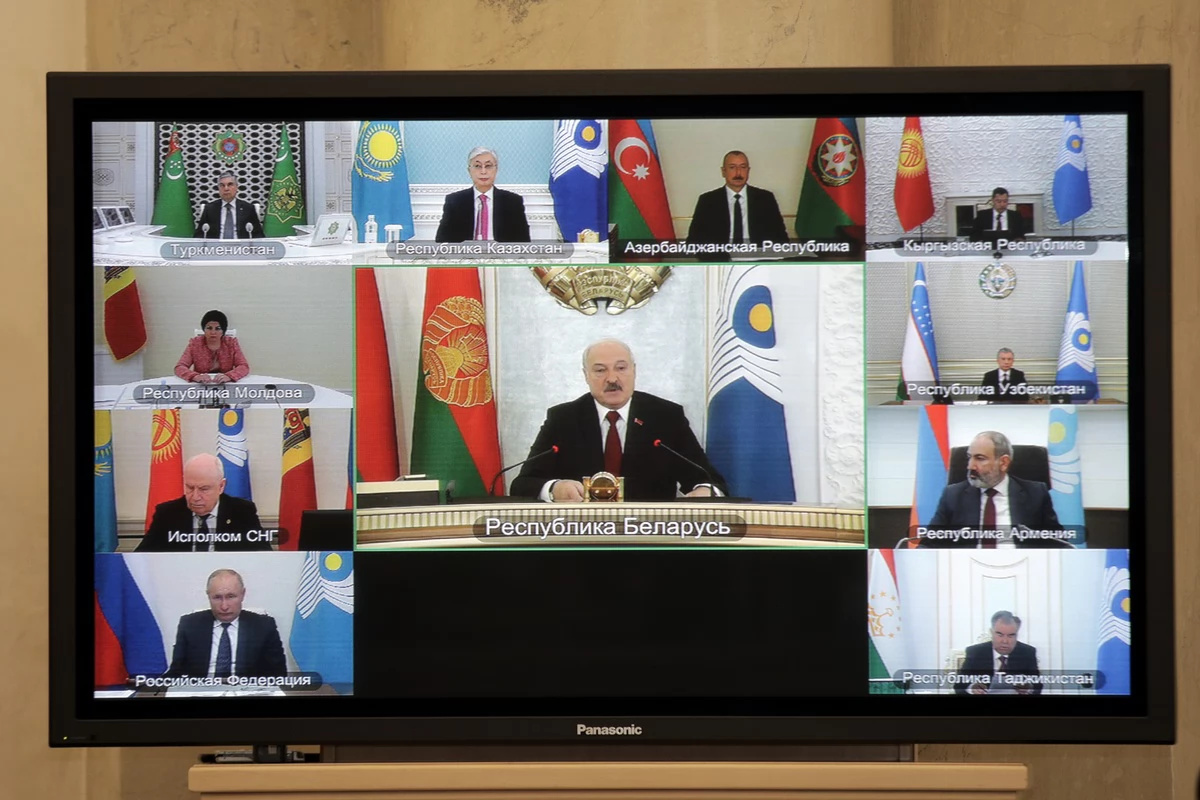Beyond integration
 The situation has not changed
The situation has not changed

Last week, two events were held to mark the rapprochement and re-integration of post-Soviet countries – a meeting of the Supreme Eurasian Economic Council (SEEC) and the Council of Heads of State of the CIS. The next phase of the formation of common markets for oil and petroleum products has been announced, although, in the context of integration affairs, there is a noticeable increase in tension between Minsk and Moscow.
On October 14th and 15th, two post-Soviet integration events were held to mark the 30th anniversary of the Commonwealth; the meeting of the Supreme Eurasian Economic Council (SEEC) and the Council of Heads of State of the CIS. Of the two video conferences (a format that somewhat upset A. Lukashenka, who was counting on a face-to-face meeting in Minsk), the first was more remarkable; the second was more like an anniversary meeting of graduates remembering an old fraternity.
The SEEC produced eight protocols, including a decision “On the transition to the second stage of the formation of common markets for oil and petroleum products” of the EAEC, and a statement “On economic cooperation of the member states of the Eurasian Economic Union within the framework of the climate agenda” – a reference to the Paris Climate Agreement. If the issues of greenhouse emissions and digitization of the economy were of greater interest to Russia and Kazakhstan, then representatives of the countries importing Russian energy products – Belarus and Armenia – predictably paid more attention to the common energy markets.
It is noteworthy that the transition to the second stage of the formation of common markets for oil and petroleum products was announced against the backdrop of a minor trade spat between Russia and Belarus. Transneft threatened to suspend its Belarusian subsidiary, Zapad-Transnefteprodukt, which risks bankruptcy due to higher taxes and administrative interference with the company.
Lukashenka has quite successfully succeeded in injecting an element of madness and chaos into integration associations. On the one hand, he is trying to promote the transition to single markets, but on the other hand, he calls for a faster introduction of national currencies for bilateral settlements within the EAEU. “In the current conditions, the experience of the union of Belarus and Russia – the Union State – can again act as a locomotive for integration processes, showcasing best practices for the EAEU and the CIS,” said Lukashenka, without bothering to mention what exactly is currently working within the framework of the Union State at the moment.
Elsewhere in the integration arena, experts say tensions are growing in relations between Minsk and the Kremlin, intensifying after the visit to Russia of the US Deputy Secretary of State Victoria Nuland. The question of whether the parties came to some kind of agreement regarding the “Belarusian question” is still open.
The head of the Russian Foreign Ministry tried to reassure the Belarusian side by levelling formulaic accusations against the EU and the United States, which (allegedly) continue gross interference with Belarusian internal affairs.
The Kremlin also sent a signal to Minsk regarding the Komsomolskaya Pravda incident, with S. Lavrov cautioning that “We have a common understanding of the need to do everything to ensure that the Russian media in Belarus and the Belarusian media in Russia work in the most comfortable conditions.”
Subscribe to our newsletter




Situation in Belarus
Constitutional referendum: main consequences


 Video
Video
How to count the political prisoners: are the new criteria needed?


 Video
Video
Paternalism In Decline, Belarusian Euroscepticism, And The Influence Of Russia


 Video
Video












